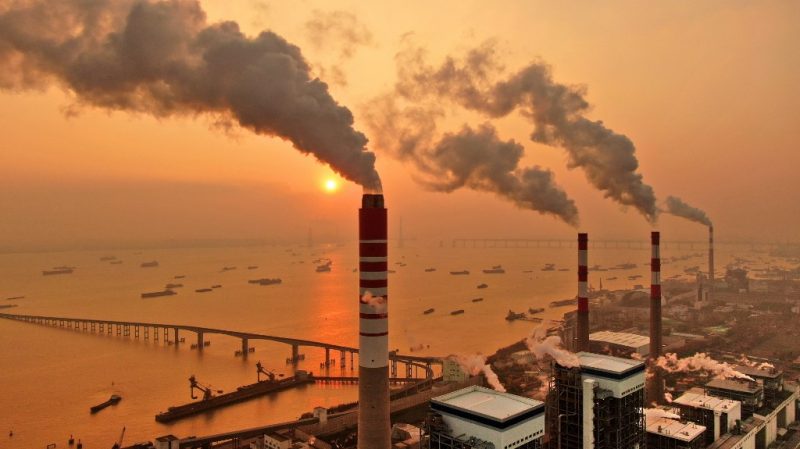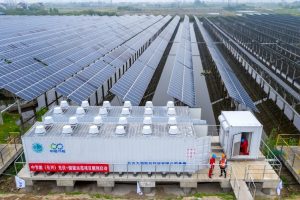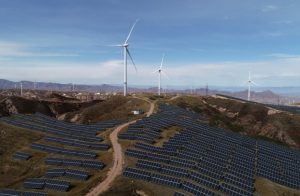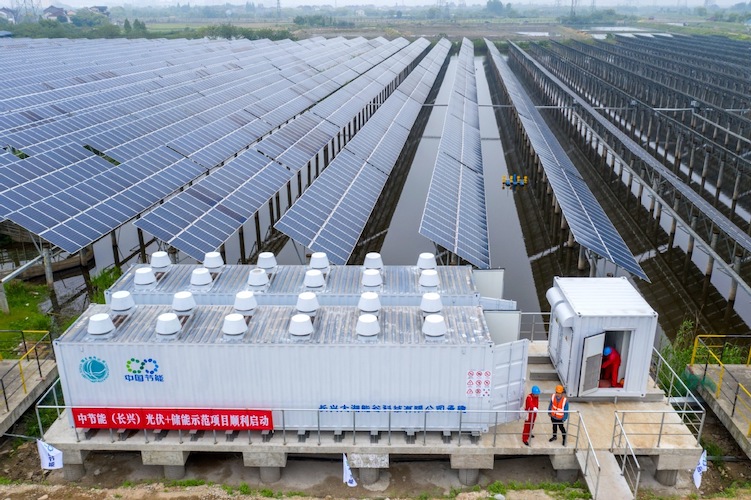South Korea and Japan could pay a severe economic penalty if they meet their greenhouse gas (GHG) emission goals over the next decade, according to a report issued on Wednesday by Société Générale.
SocGen expects GHG intensity to fall by 2.3% per year globally in 2021-2031, a 0.6 percentage points improvement compared with 2010-2021’s 1.7%.
“This rate of improvement in GHG intensity would be far from enough for each country to reach their latest 2030 climate targets, without substantial economic pains,” SocGen said.
The two East Asian nations could experience a gross domestic product (GDP) contraction of more than 10% over the next decade, since these two countries nearly doubled their reduction goals this year.
Accelerating Downward Trend
GHG intensity has been on a downward trend for two decades, especially in developed economies, and this trend has accelerated in the past decade.
While Japan has renewed its commitment to carbon neutrality, Fumio Kishida, the country’s prime minister, told parliament on December 6 that to achieve carbon neutrality in 2050 and a 46% reduction in emissions by 2030, the government would review regulations, promising bold investments in clean energy.
However, the full-scale introduction of the carbon tax has been postponed, SocGen noted, as companies have argued that a higher tax burden will hinder economic growth.
“We do not entirely agree with this, as carbon tax revenues can be used for decarbonisation technology development, thus contributing to growth and job creation,” the report concluded.
Climate Risk Guidelines
In South Korea, a recent Green Finance Taskforce meeting saw the introduction of guidelines for climate risk management.
The meeting introduced guidelines for the management of climate risks in the financial sector, dealing with business strategy, governance structure, risk management and disclosure.
The Financial Supervisory Service – the main financial regulator – plans to develop a climate economy scenario in the first half of 2022.
Across the Asia-Pacific region, the trade-offs between decarbonisation and economic growth are likely to become more difficult, according to SocGen, and volatility in commodity prices is likely to be a recurrent issue.
‘Precipitous Adjustment’
“Should this overly gradual climate change transition continue over the coming years, a precipitous adjustment is likely to be required later on,” the report said.
In the Asia-Pacific region, China, India, Indonesia and Australia look more likely to come closer to or even achieve their nationally determined contributions than South Korea and Japan, “partly because their targets are not as aggressive,” SocGen said.
Should policymakers opt for quicker and more decisive action, economies are bound to incur a significant cost, SocGen said.
That could either be lost GDP or public deficit deterioration, potentially representing a few tenths of a percentage point of GDP per year.
- By George Russell























